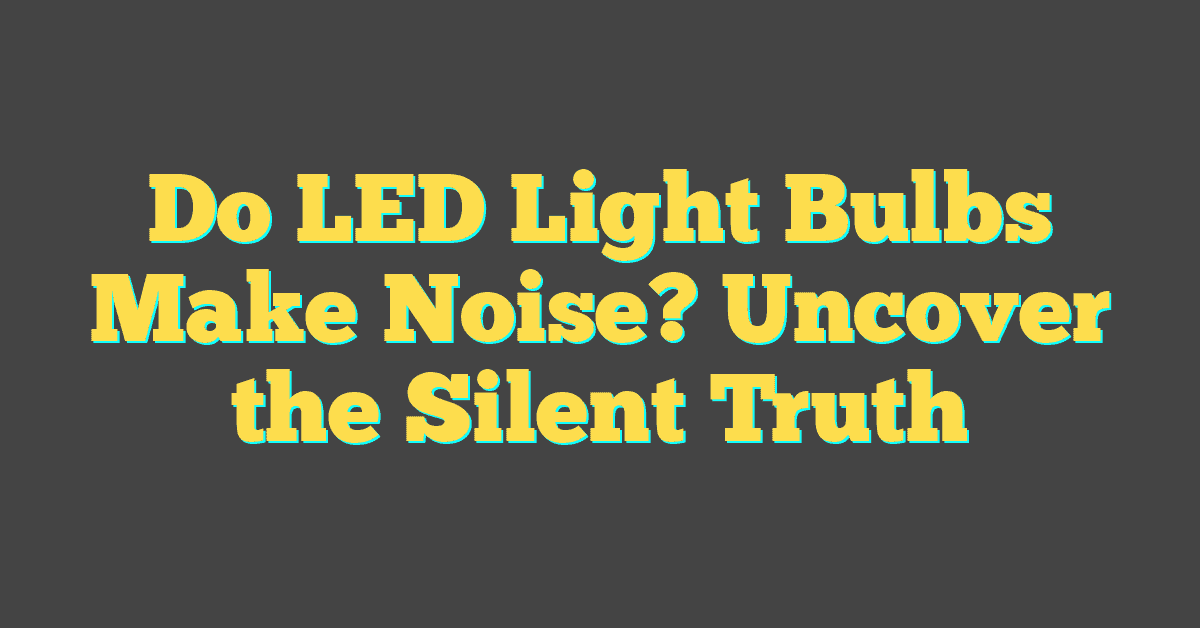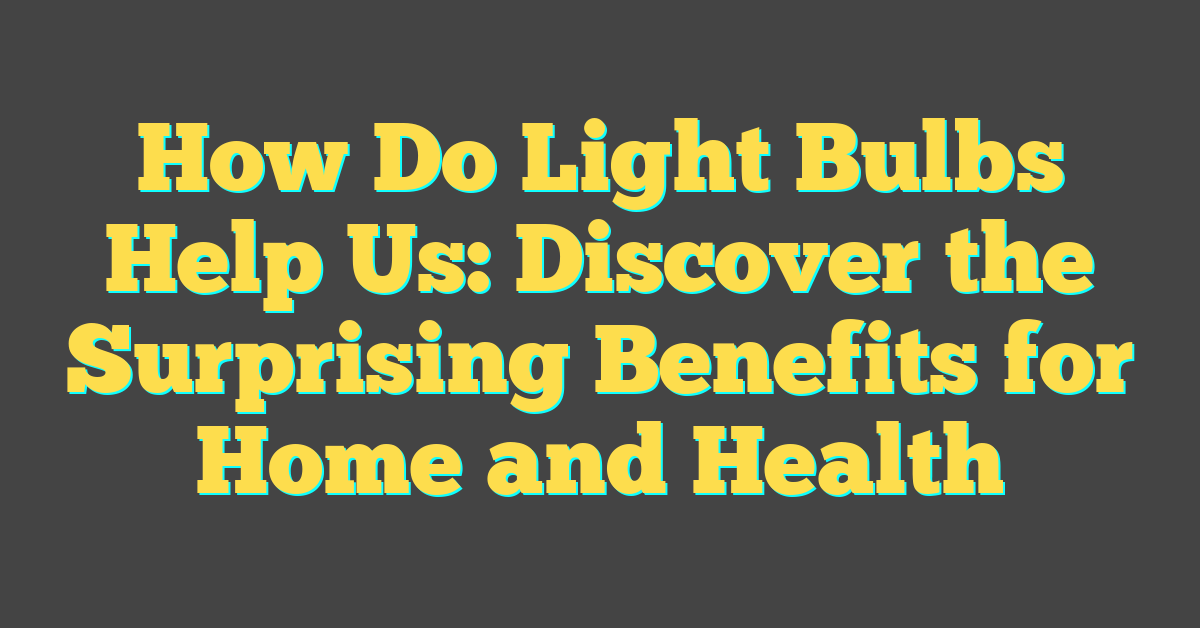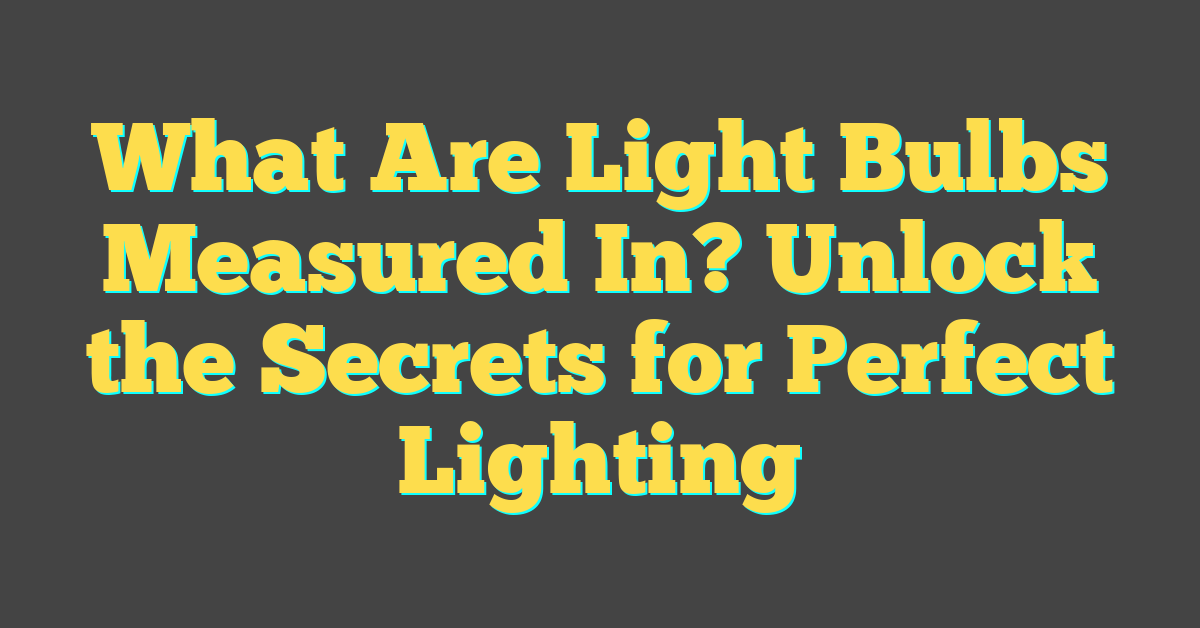Ever swatted at a swarm of bugs under your porch light? You’re not alone. The secret to peaceful, bug-free evenings might just be in the bulbs you choose. Let’s shed some light on which bulbs can help keep those pesky insects at bay.
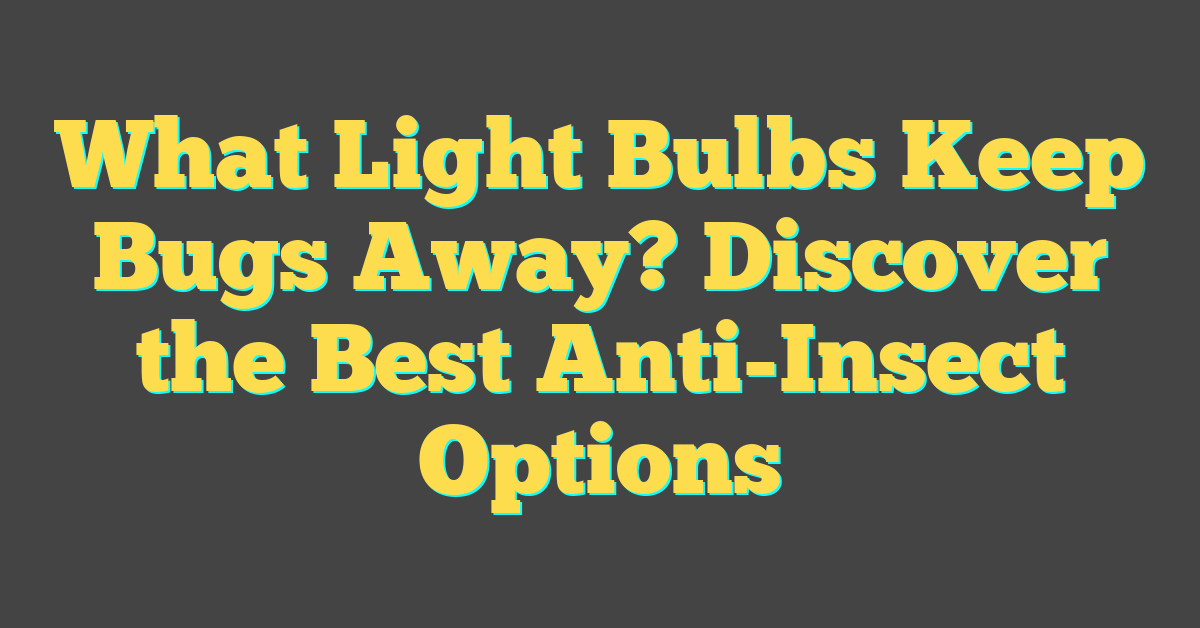
You might not think much about the color and type of light you’re beaming outside, but trust me, bugs sure do. There’s a science to why some bulbs are bug magnets and others are more like bug repellent. Stick around, and you’ll find out how swapping your lights can mean waving goodbye to unwanted flying visitors.
How Light Bulbs Attract Bugs
You’re out on a warm evening, and instead of basking in the glow of your well-thought-out outdoor lighting, you’re swatting away at pests. Why are they there, buzzing around your lamps like they’ve found their own personal sun? The science is simple: bugs are attracted to light, but not just any light. They have preferences, and understanding these can be the key to a bug-free zone on your porch.
Think of light as a beacon. Many flying insects use natural light sources, like the moon and stars, to navigate. Artificial lighting, particularly those that emit UV light or have a blue light spectrum, throw off their internal GPS. They’re attracted to the unnatural brightness and warmth, thinking it’s a sign of food or a place to mate.
Here’s a quick dive into the specifics:
- Incandescent bulbs: They give off a warm, inviting glow. Unfortunately, it’s not just inviting for you and your guests, but for bugs too. These bulbs emit plenty of heat and infrared radiation, making them the Las Vegas Strip for insects.
- Fluorescent lights: These are a little better when it comes to attracting fewer bugs, but they still emit UV light which insects find irresistible.
- LED bulbs: Your best bet. These bulbs can be fine-tuned to emit colors less attractive to bugs. Opt for warm-colored LEDs that minimize blue light emissions.
Here’s something to mull over: your yard lighting isn’t just about ambiance; it’s a beacon for bugs, depending on the bulbs you choose. To minimize the issue, switch out your bulbs and consider the placement of your lights. Elevation and distance play a part in how many winged visitors you’ll entertain on a given night. Keep lights away from doors and seating areas, if possible, to lead bugs elsewhere.
Embracing these insights may lead you to a more comfortable, bug-free evening. It’s not just about switching a bulb; it’s about understanding a bug’s midnight snack runs. With the right lighting, you can reclaim the night from those tiny, uninvited guests.
The Color Temperature Connection

When you’re on the hunt for the perfect light bulb to keep pesky bugs at bay, understanding color temperature is crucial. This isn’t about how hot the bulb gets or the coziness it brings to your porch. Color temperature refers to the appearance of the light emitted, measured in Kelvins (K). It’s a key player in your anti-bug strategy.
Why Bugs Hate Certain Colors
- Lower Kelvin ratings: These give off a warm, yellowish hue – think of the soft glow from a campfire. Bugs aren’t usually keen on this color since it doesn’t mimic the sun or moonlight they’re drawn to.
- Higher Kelvin ratings: This means the light appears cooler and bluer. Unfortunately, this is like a neon “Open” sign for all things with wings and antennae. It simulates the sky’s color, and bugs love it.
You love your DIY projects, and tweaking light color may just be your next challenge. If you’re aiming to reduce the number of uninvited guests, aim for light bulbs with a color temperature around 2200K to 3000K. This warmer spectrum is less attractive to bugs, keeping your outdoor soirees serene.
LED Bulbs: Your DIY Friendly Option
LEDs are a dream come true for home DIY enthusiasts. They offer a spectacular range of color temperatures while consuming less power and lasting longer. Plus, many are adjustable, allowing you to dial in on a bug-discouraging warmth without having to switch bulbs. They’re practical, versatile, and, most importantly, unappealing to the insect world.
Here’s a quick comparison to guide you:
| Bulb Type | Color Temperature (K) | Insect Attraction Level |
|---|---|---|
| Incandescent | 2700K | High |
| Halogen | 3000K | Moderate |
| CFL | 5000K | Very High |
| Warm LED | 2200-3000K | Low |
The Bug-Friendly Bulbs to Avoid
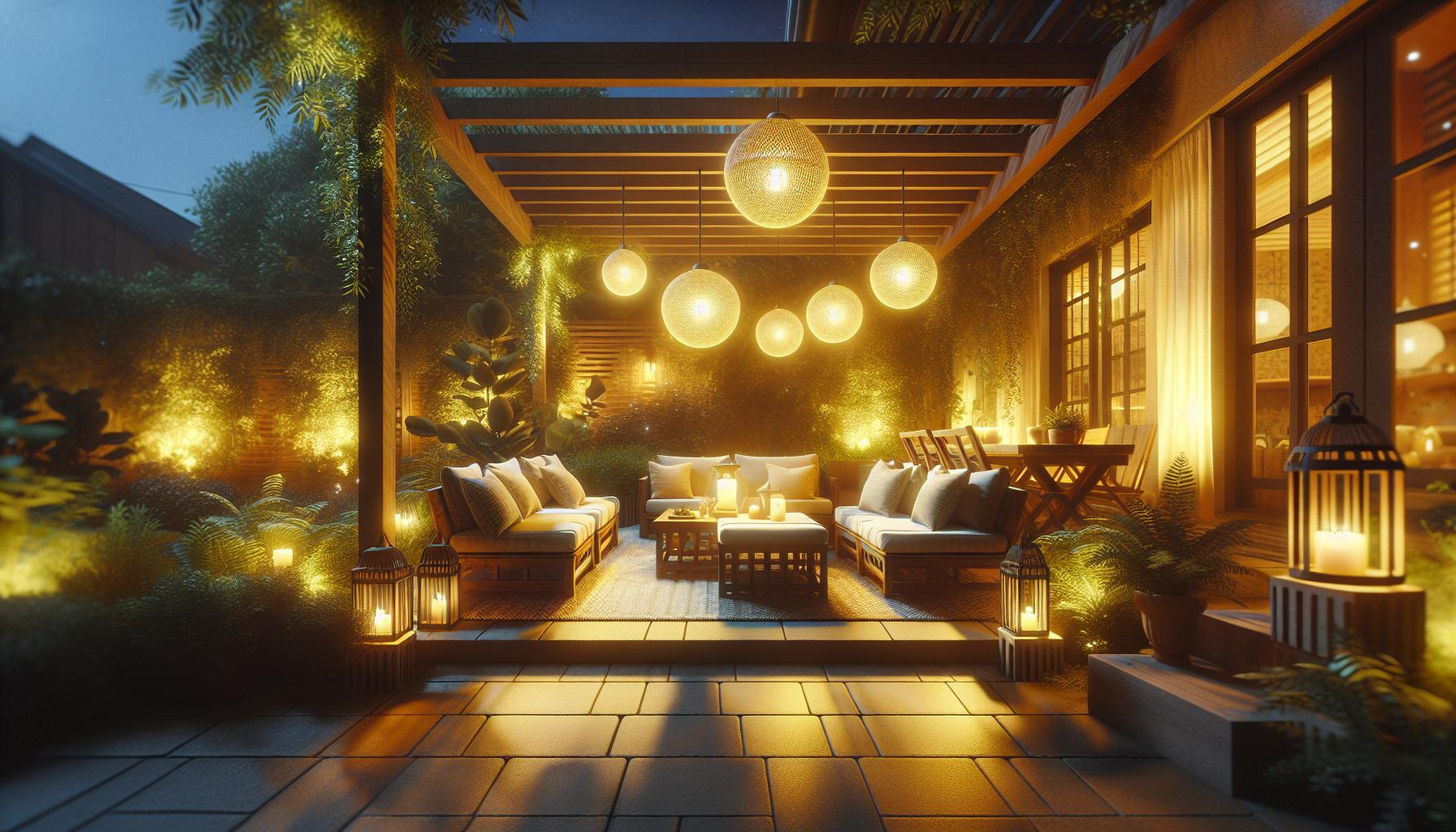
While you’re keen on creating a comfortable outdoor ambience, avoiding bug-friendly bulbs is just as important as choosing the right ones. To keep those pesky insects at bay, steer clear of bulbs that emit white or bluish light, typically found in higher Kelvin temperatures above 3500K.
Mercury vapor lights are notorious for their bug attraction superpowers. They emit a large spectrum of light, including UV, which is like a beacon for night fliers. If you’ve got one installed, you might as well roll out a welcome mat for bugs.
« What Light Bulb Doesn’t Attract Bugs? Discover Bug-Repellent Lighting Secrets
What to Do if Light Bulb Breaks in Socket: The Safe Removal Guide »
Incandescent bulbs also tend to be bug magnets, and here’s why: they cast a soft, warm glow that’s certainly cozy but their spectrum often has enough of the blue tint to attract attention. Plus, they’re not energy-efficient, so it’s a double loss.
Halogen lights might be bright and crisp for your workspace, but outdoor, they’re a signal flare for bugs. Their white, intense light is an all-you-can-eat buffet sign for the insect world. Swap them out for something less appealing to your six-legged friends.
** Outdoor lighting tips **:
- Opt for yellow-tinted bulbs, like yellow CFLs or sodium vapor lights, which are less visible to bugs.
- Consider fixtures with built-in bug repellent features, such as yellow-tinted covers or reflectors that direct light downwards and away from bug-prone areas.
Remember, the best lighting setup maintains the perfect balance—bright enough for comfort and safety while dim enough to keep the bugs uninterested. Your move to more bug-resistant bulbs can make your outdoor evenings that much more enjoyable. Just imagine, your DIY-ed patio haven, gentle, warm lighting around, and a conspicuous absence of bugs—now that’s a project worth undertaking.
Bug-Repelling Bulbs: What Works?
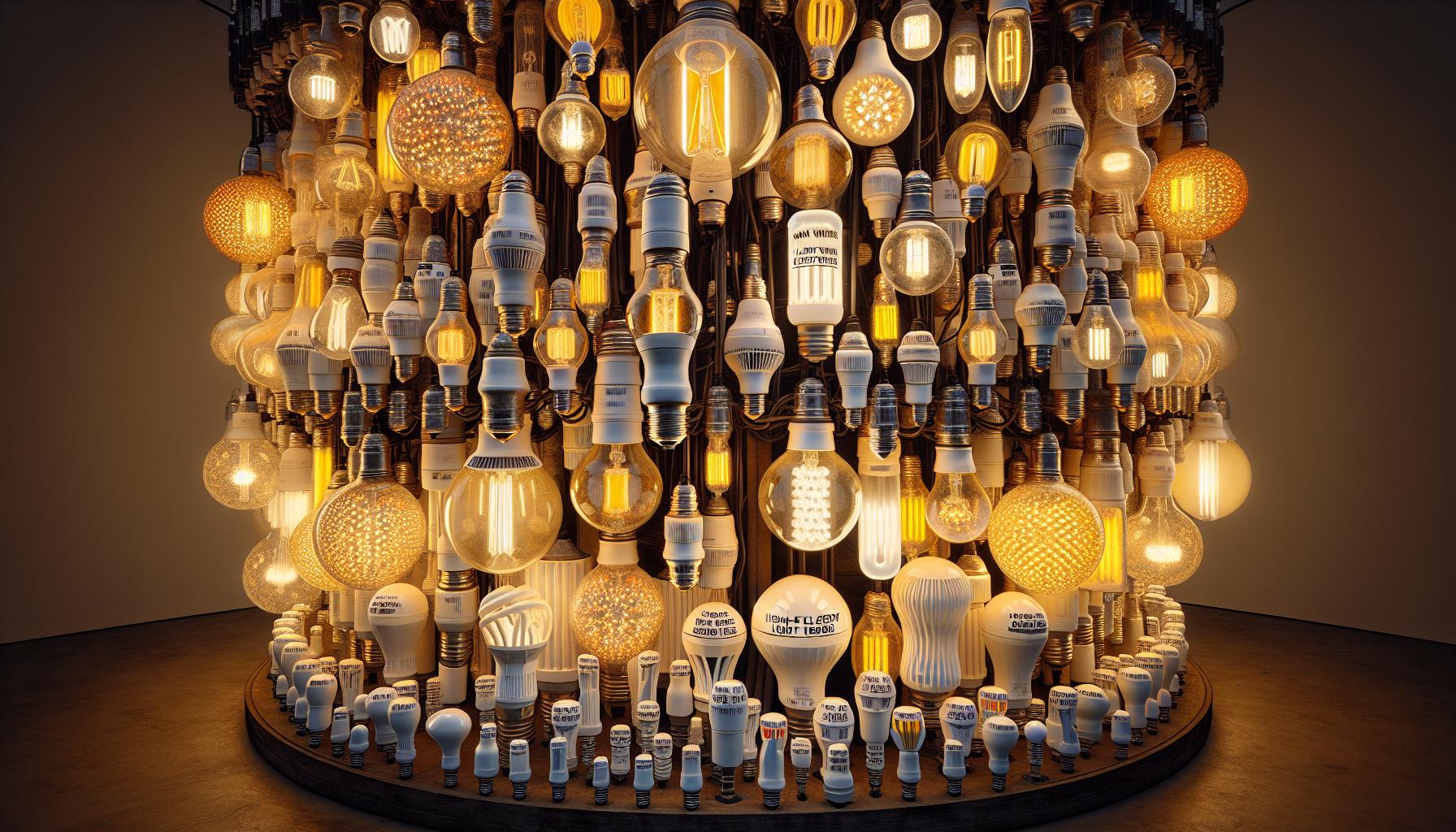
When you’re determined to keep those pesky bugs at bay, you’ll need to be savvy about the types of light bulbs you choose. LED bulbs have become a go-to for many looking to repel insects effectively. They emit very little heat compared to traditional incandescent bulbs, which is key because bugs are drawn to heat and light. But not just any LED will do; you should opt for certain colors that bugs find less appealing.
- Warm-colored LEDs: Those are your best friends in the fight against bugs. Remember, the warmer the color, the less attractive it is to most insects. Look for LEDs labeled as “warm white” or those with a color temperature around 2700 Kelvin.
- Yellow-tinted bulbs: Often marketed as “bug lights,” they’re specifically designed to be unappealing to bugs. These bulbs emit light at a wavelength that’s outside of the spectrum bugs are drawn to.
It’s not just about color, though. The brightness of your lighting plays a role too. Bright lights can attract bugs, so consider dimmer lights in your outdoor areas or install dimmer switches to adjust the light intensity as needed.
What’s more, technology has brought us specialty bulbs that do more than just light up your space. Some bulbs come with built-in bug-repelling features. There are even specific brands that infuse their bulbs with insect-repellent additives.
Here’s a little insight into those technologies:
- Insect-repellant additives: These can either mask the attractants that draw bugs or emit a repellant to keep them away.
- High-frequency light waves: Certain bulbs emit light at a frequency that’s meant to be less visible or even disruptive to bugs.
The key to a bug-free area isn’t just in the bulb you choose, but also in how you use it. Keep lighting pointed downwards where it’s needed, as light directed into the sky is more likely to attract winged insects. Fixture placement is crucial as well—mount lights away from doors or sitting areas to draw bugs further from where you’ll be spending your time.
Creating an Insect-Free Zone
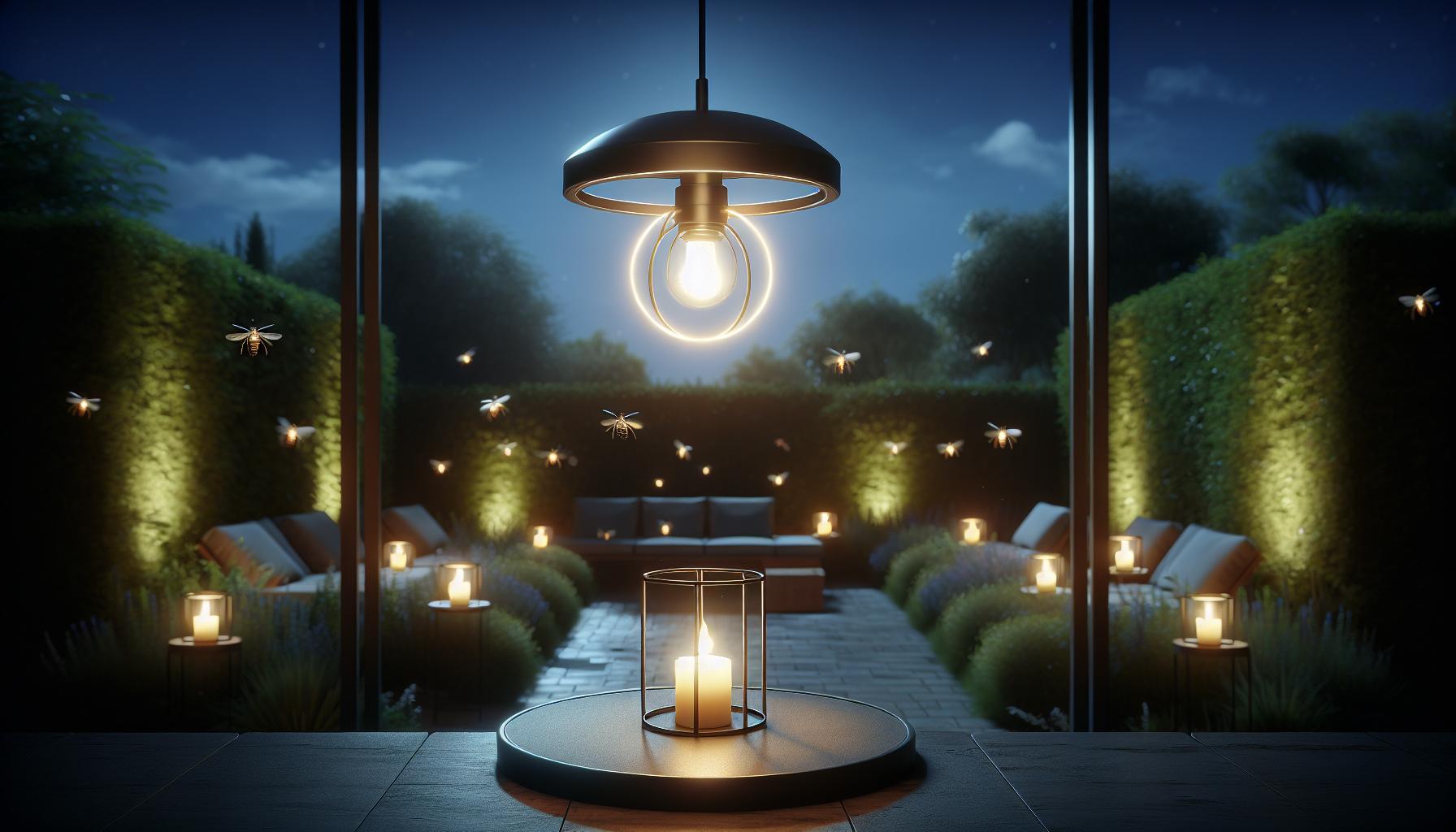
When setting up your outdoor oasis, it’s not just about selecting the right bulbs; placement plays a pivotal role as well. Start by assessing the areas you’d like to illuminate and ask yourself where you most often notice bugs congregating. Chances are, these are the spots with brighter, more traditional lighting.
Opt for shielded fixtures that direct light downwards to reduce the scatter that invites winged critters. By focusing the light toward the ground, you’re less likely to create a beacon for bugs. Also, consider using dimmer switches or lower-lumen bulbs in certain areas to maintain ambiance without inviting every moth in the neighborhood.
Now you might be a fan of porch sconces or garden lanterns, but remember that these fixtures often become bug hotspots. Switching these to warm LED bulbs or ones with insect-repellent additives is a game-changer. You get to keep the charm with none of the swarm.
But here’s a tip straight from the DIY playbook—combine your lighting strategy with other bug-banishing tactics. Citronella candles, for instance, can add an extra layer of protection. They won’t interfere with your lighting but will help to keep those pesky insects at bay.
For the DIY enthusiast, there’s even more good news. Installing new light fixtures or replacing bulbs is a simple project that won’t eat up your weekend. It’s a small change with a big impact, ensuring those summer nights are all about the stars above, not the bugs below.
Harnessing the power of the right lighting can turn your outdoor space into a tranquil, insect-free zone. So go ahead, put your home DIY zest to work, and shine the right kind of light on your evening retreat. With your newfound knowledge and a touch of elbow grease, you’re all set to bask in the glow of a peaceful, bug-free environment.
Conclusion
So now you’ve got the scoop on keeping those pesky bugs at bay with the right light bulbs. Warm LED lights or those with insect-repellent features are your best bet for an enjoyable, insect-free evening outdoors. Remember to place your lights strategically and consider dimmer options for a perfect ambiance that doesn’t attract unwanted guests. Combine these lighting solutions with other repellents like citronella candles and you’re all set. It’s time to light up your outdoor space the smart way and take back your summer nights!
Frequently Asked Questions
What types of light bulbs help repel bugs?
LED bulbs, especially warm-colored ones labeled as “warm white” or with a color temperature around 2700 Kelvin, are effective at repelling bugs because they emit less heat. Yellow-tinted “bug lights” are also good as they emit light with wavelengths that bugs are not attracted to.
Are there specialty bulbs that repel insects?
Yes, there are specialty light bulbs that have built-in bug-repelling features, such as insect-repellent additives or high-frequency light waves, which can help keep bugs away.
Why are LED bulbs recommended over other types?
LED bulbs are recommended because they give off less heat compared to other types of bulbs. Since bugs are attracted to heat, LEDs are less likely to attract them.
How does light color temperature affect bug attraction?
Light color temperature plays a significant role in bug attraction. Bulbs with a warm color temperature, around 2700 Kelvin, are less appealing to bugs. That’s why “warm white” LEDs are considered one of the best options for repelling insects.
Can lighting placement reduce the number of bugs attracted?
Yes, proper lighting placement can help minimize bug attraction. It’s advised to use dimmer switches or lower-lumen bulbs in areas where you want to reduce bugs, and to place lights at a distance from sitting areas to keep bugs away.
Aside from bulbs, what other tactics can help keep bugs away from outdoor spaces?
Combining lighting strategies with other methods, such as using citronella candles or electronic insect repellents, can effectively keep outdoor spaces bug-free.
Does changing light bulbs to bug-repelling options require professional help?
No, switching to bug-repelling light bulbs is usually a simple process that can be done without professional help. It’s an easy DIY task to enhance the comfort of your outdoor living spaces.


